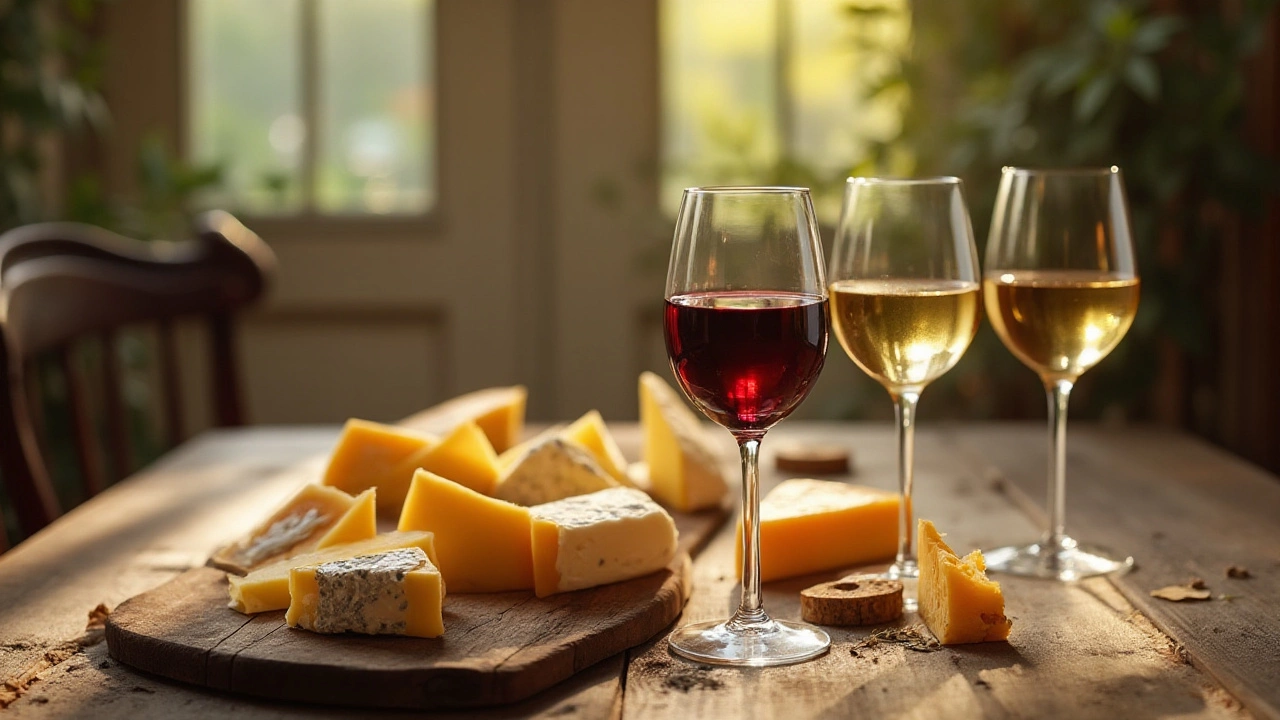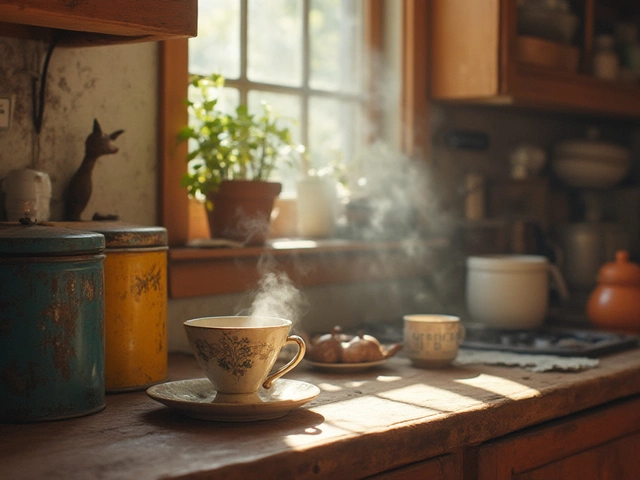Gourmet Pairings: Simple Tips for Perfect Food & Drink Matches
If you’ve ever wondered why a glass of chardonnay feels right with creamy cheese, you’re not alone. Pairing isn’t magic; it’s about balance, contrast, and a bit of fun. Below are straightforward rules you can start using today, whether you’re sipping wine, sipping whisky, or mixing a mocktail.
Start with the Basics: Sweet, Acidic, Salty, Bitter
Every dish and drink falls into one of four taste buckets. Sweet foods love sweet drinks, but a splash of acidity can brighten a rich dessert. Acidic wines, like Sauvignon Blanc, cut through salty cheeses, while bitter hops in a craft beer balance fatty fried foods. Use this map to guess a match before you even taste.
Take cheese and wine: a sharp cheddar pairs well with a bold red because the tannins clean the palate, while a creamy brie loves a light, fruity white that mirrors its softness. The same idea works for whisky – salty nuts, dark chocolate, or smoked meats bring out the spirit’s caramel notes.
Use Texture and Weight to Guide You
Heavy dishes need heavy drinks. Think of a steak with a full‑bodied Cabernet or a slow‑cooked stew with a robust Malbec. Light salads, seafood, or sushi match lighter beverages like a crisp rosé or a dry gin. When you serve a mocktail, keep it light and refreshing if the food is delicate; a minty cucumber mocktail pairs nicely with a summer salad.
Don’t forget the palate cleanser. A small sip of sparkling water or a bite of plain cracker between courses can reset your taste buds, letting each pairing shine. This trick works especially well during wine tastings when you move from a buttery Chardonnay to a zesty Pinot Grigio.
Here are a few ready‑to‑use combos: cheese and chardonnay, dark chocolate and port, smoked salmon and a dry Riesling, grilled pork and an amber ale, or a citrusy mocktail with spicy Thai food. Each match follows the sweet‑acidic‑salty‑bitter rule and respects texture.
If you’re planning a tasting night, think of a flow: start light, move to medium, finish heavy. Begin with a fresh white wine and mild cheese, then shift to a medium‑bodied red with semi‑hard cheese, and close with a dessert wine and blue cheese. This progression keeps the palate excited and avoids overwhelming flavors.
Finally, trust your gut. Everyone’s palate is different, so experiment. Swap the wine, try a new cheese, or replace a cocktail with a mocktail. The best gourmet pairings come from curiosity and a willingness to taste, adjust, and enjoy the process.
Use these simple ideas next time you host a dinner, attend a tasting, or just want to upgrade your snack night. Pairing is an adventure, not a rulebook – have fun and let the flavors talk to each other.
Wine and cheese pairing isn't just for gourmet enthusiasts; it's a timeless tradition that enhances flavors when done thoughtfully. Choosing the right combination can turn an ordinary meal into a delightful experience, revealing unique tastes and textures with each bite and sip. With an array of options available, understanding the fundamental principles of matching creamy, sharp, or nutty cheeses with robust reds and crisp whites can open new doors to culinary pleasure. From knowing the type of cheese to identifying appropriate wines, this guide will help you explore successful pairings.
View Details

